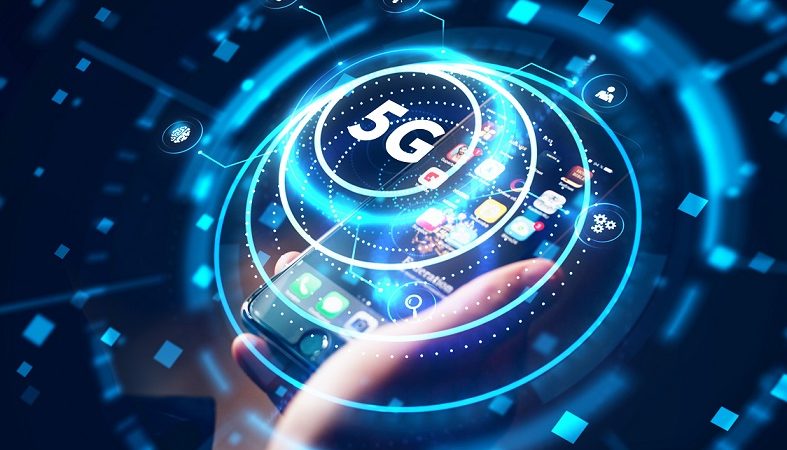Cleber Ribas, CEO at Blockbit, tells us that the high connectivity of 5G will require companies to adopt more comprehensive and intelligent security measures with technology capable of extending the reach of protection policies.

A common topic in recent years, 5G is seen by many as a true revolution in global connectivity.
In addition to faster mobile Internet connection speeds, for example, we are talking about a technology that will, for sure, bring enormous gains in latency, which is the time required for data traffic, as well as better stability and greater capacity to connect multiple devices simultaneously on the same network, an essential factor in automated processes such as autonomous cars and factory robots.
The advantages are undeniable. However, on the other hand, with the possibilities come new challenges that directly impact cybersecurity.
The first evident one is that each new connected device ultimately represents a point of contact to be protected. Estimates indicate that nearly 30 billion devices will be connected to the Internet by 2030, which is much more than what is found today, without a doubt.
It makes it possible for even smart light bulbs, connected to networks by Wi-Fi or other connection standards, to be the gateway for contamination and invasion. The same goes for coffee makers, refrigerators, TV sets and others.
Historically, cybersecurity experts have done an excellent job of deterring cyberattacks. However, the arrival of the fifth-generation Internet and the expansion of the Internet of Things (IoT) will change – or expand – the nature of threats, requiring the construction of a new model of trust, whether for domestic or industrial use.
The high connectivity of 5G will require companies to adopt more comprehensive and intelligent security measures with technologies capable of extending the reach of protection policies.
It is important to create strategies that mitigate possible vulnerabilities, preferably proactively anticipating analyses beyond the network borders. If the perimeter to be protected is more diffuse, decentralized and complex, we should implement solutions that seek to expose these endpoints and users to as little risk as possible.
These measures must be in place to prevent cybercriminals from hijacking connected devices or launching Distributed Denial of Service (DDoS) attacks, for example. It is worth noting that this increased connectivity, with more data and equipment, will likely also drive an era of edge computing – with processing, storage and operation of data done away from the central cores that have always guided infrastructures. And that will also mean attackers can have even more chances to intercept data.
There is nothing wrong with this path. It is an efficient solution. However, allowing these environments to run without supervision and protection could mean unleashing attacks or hijackings.
Other relevant aspects to evaluate are the advancement of the Metaverse and the Human-Digital economy, with the possibility of connecting virtual and real worlds (including Virtual Reality glasses and smart bracelets that monitor biological data, among others). The sum usually bases on decomposed, virtualized and distributed network functions, with new components connected to people. But the result can also expose new points of cyberattack and lead to challenges in managing personal cybersecurity.
It is not about abandoning the opportunities that 5G will bring to our experience in this or another world. On the contrary, the thought should be to take advantage of this time while the world prepares for this new era to discuss and implement modern and better-prepared cybersecurity solutions to ensure that everything runs smoothly.
Many companies, for example, have infrastructures that no longer keep up with the reality of the current connection. They will undoubtedly have to change their current approaches to deal with emerging technologies related to the 5G Internet.
As new resources and ideas emerge to take advantage of the benefits of 5G, it is essential that companies also invest in building fortresses with security barriers to keep up with the growing demand for connected devices and applications interacting automatically with each other. Otherwise, they will innovate like someone who builds their house on sand.
That is why leaders must evaluate the strategy and consequences of this innovation before their organizations embark on this journey. The path is in developing safely, putting cybersecurity as part of the plan for the future and no longer as a part of technological transformations.
In a hyperconnected and fast world, mitigating threats and risks is a step that can very well differentiate successful companies from those that will perish in the face of attacks. Like any revolution, 5G is an ocean of opportunities, but only those who learn to surf its waves will extract the best benefits from the thousands of possibilities that the future will certainly bring.
Click below to share this article

